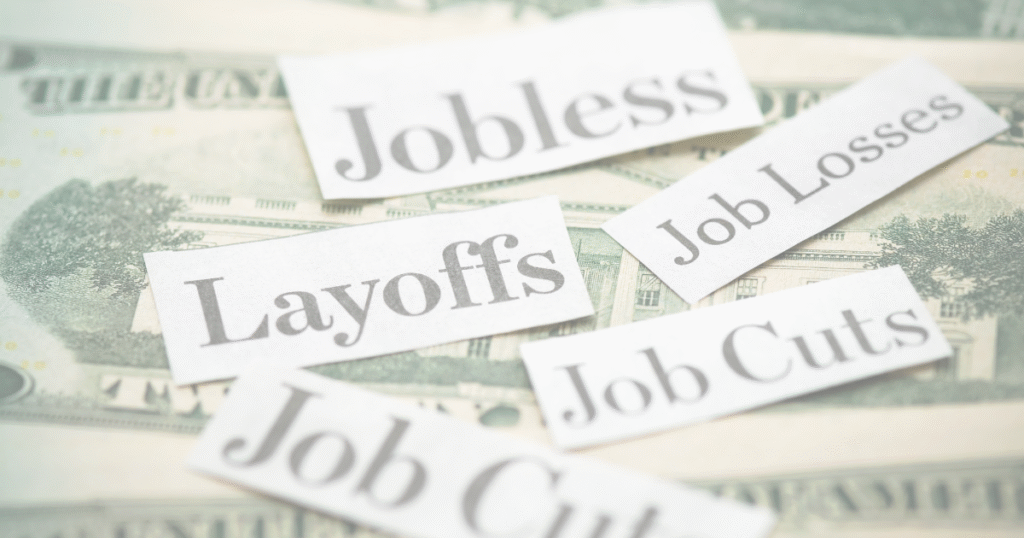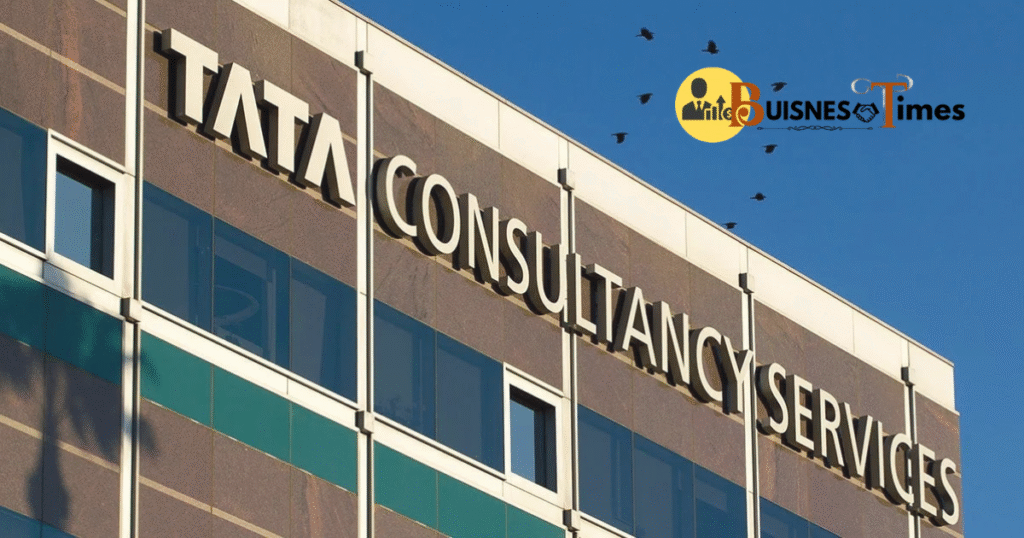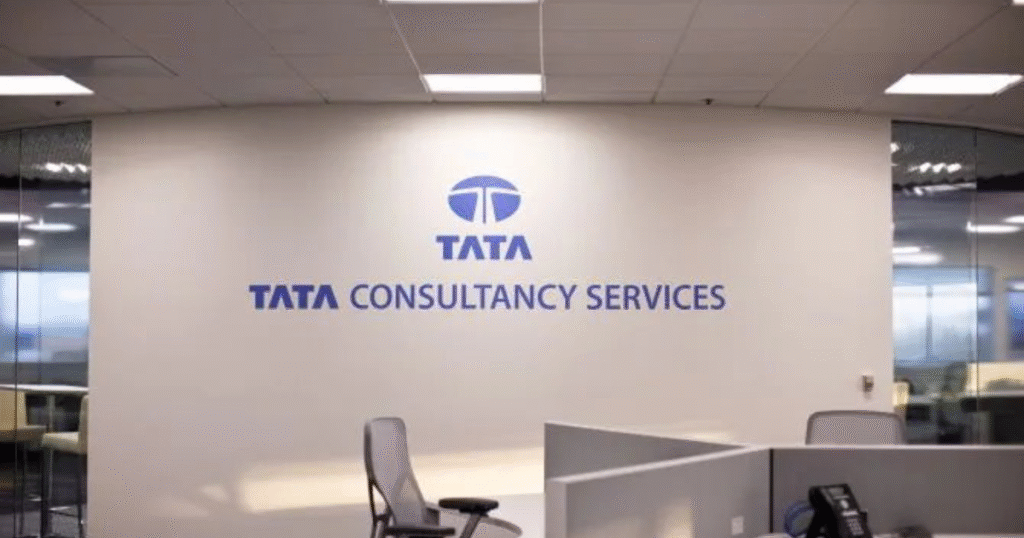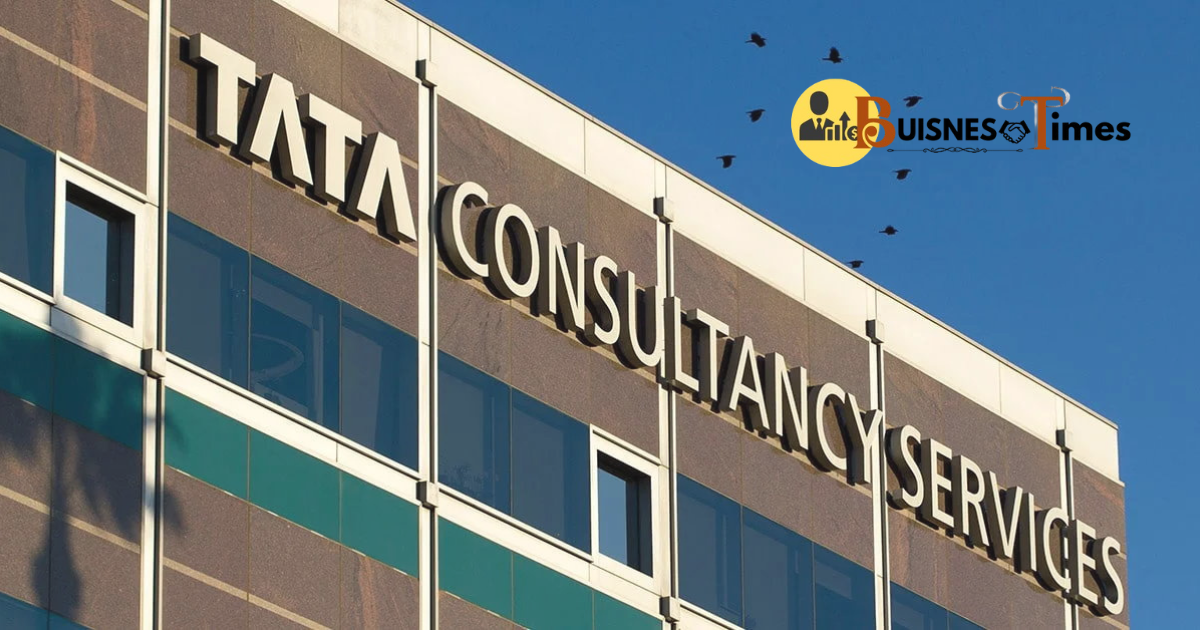
Why TCS is eliminating 12,000 positions and what this indicates about the broader economic landscape of tech layoffs beyond AI—key statistics, factors, and survival strategies included.
The announcement that 12,000 jobs would be eliminated within a year came as a shock to TCS Layoffs 2025 on a calm Sunday afternoon.
Just weeks prior, Microsoft’s 9,000 job cuts arrived stealthily, decimating entire teams.
Throughout the tech sector, employees are now discussing an impending threat—a slow-moving asteroid in the sky that everyone can see but no one can escape.
TCS Layoffs 2025: The shocking statistics
The current count is increasing daily. From January to mid-July this year, 169 tech companies have let go of 80,150 employees (not including TCS), according to Layoffs.fyi, a job-tracking platform. The total for all of 2024 was 152,922; in 2023, it reached 264,220.
TCS Layoffs 2025 two percent reduction, specifically targeting middle and senior levels, adds to the 2,387 domestic tech layoffs in the last seven months. It also surpasses six start-ups that have completely ceased operations.
“Work methodologies are evolving: we need to be prepared for the future and adaptable,” said CEO K. Krithivasan, suggesting that TCS is “implementing AI on a large scale and assessing the skills we will need moving forward.” He emphasized that jobs were not eliminated due to AI.
The absolute figures remain relatively small compared to the TCS Layoffs 2025 American job losses during the 2000-02 crisis, when nearly a million jobs disappeared.
Previous downturns were driven by demand collapse or speculative excess; however, since 2022, automation and AI-driven changes have taken center stage.
They are now focusing on middle-aged, high-performing senior staff and routine roles—displacing over half a million employees in the past three years.
What’s fueling the layoffs this season?
The current layoff cycle is distinct from previous downturns, according to experts.

The second force is driven by business – new and more alarming. Artificial intelligence tools have developed sufficiently to pose a threat to the very engineers who created them. Microsoft reports that approximately 30% of the code is now generated by AI.
HR documentation, customer emails, and call center executives — roles that were once distributed among a dozen mid-career employees — can now be produced by a large language model in Small period than it takes to Setup up lunch.
Previous downturns primarily affected sales personnel and interns first. In contrast, today, the cuts are impacting well-compensated middle managers and routine programmers.
According to consultancy Bain, the average “AI displacement risk” for American software companies is three times higher for individuals who make $200,000 a year than for warehouse workers who make $40,000 a year.
Lacking empathy, CEOs have embraced the norm of TCS Layoffs 2025. The bloodshed has been readily accepted in Silicon Valley, with every leader asserting they are profoundly affected by their choices, yet simultaneously suggesting that this trend will continue.
‘Difficult decisions’ are often made with empathy set aside. One of the key attributes a leader should have, as highlighted in Daniel Goleman’s Emotional Intelligence curriculum taught in business schools.
Nevertheless, that empathy is often sidelined to allow for bold and decisive leadership. This is clear from the statements made by top CEOs following layoffs. The most recent example is Microsoft chairman Satya Nadella, who referred to the elimination of 15,000 jobs (in 2025) as the ‘enigma of success’, without guaranteeing that there won’t be further reductions.
With artificial intelligence central to operations, ‘agility and innovation’ have become the new objectives, while ‘security and quality are non-negotiable,’ he stated.
Mark Zuckerberg described Meta’s layoff phase as a “year of efficiency.” After the dismissal of 3,600 employees in 2024, he noted that the job cuts were aimed at making the company more streamlined and effective.
Sundar Pichai recognized that Alphabet had expanded its workforce excessively in light of previous growth. The company’s total employee count decreased by almost 10,000 from March 2023 to March 2024.
In 2022, when Elon Musk terminated 80% of X’s workforce, he asserted that it was essential for the transformation of Twitter into X and emphasized his desire for a work culture centered on long hours and high intensity. He anticipated that the remaining employees would be “extremely hardcore” to align with his vision for the company.
After that, Musk set a standard in the IT industry for aggressive restructuring and slashing costs.
The uproar over layoffs on social media is unmistakable. A Sub-Reddit named ‘layoffs’ with 127k members is inundated with stories from around the globe – predominantly from the United States and the tech sector.
‘My whole family was laid off,’ one user posted.
‘Microsoft let us go. Cognizant didn’t even bother to show concern,’ another user claimed.
“Is there a difference between what economic reports say and what people actually experience?”’ a Redditor questioned.
Many of them were impacted by an AI model they developed or by decisions made in boardrooms by executives earning millions in salary packages.
Financial Consequences of Layoffs
Numerous individuals contend that significant layoffs are freeing up resources for substantial investments in AI to enhance both competitive positioning and operational efficiency.
These layoffs are assisting companies in staying competitive amid economic challenges such as global supply chain issues, trade fluctuations, and reduced consumer spending. The trend suggests a practical move towards a more streamlined workforce capable of quickly reallocating talent to areas of AI growth.

What lies ahead? Investment in AI-focused personnel.
However, even as layoffs proliferate in the tech industry, major companies are engaged in a fierce competition for talent.
Meta, Google, and OpenAI have invested millions to attract top AI professionals, offering compensation packages that surpass $100 million annually.
The contrast is striking! The indicators are unmistakable—like a powerful force, artificial intelligence is crushing jobs while benefiting those with the right skill sets.
McKinsey, a consulting firm, says that by 2030, generative AI could add $4 trillion to the world’s GDP per year.
However, the danger is equally significant: millions may find themselves caught between outdated positions and future job opportunities.
While past economic downturns eliminated excess in corporations, today’s algorithms are trimming down essential organizational functions. The companies that will thrive are those capable of eliminating routine tasks while retraining their workforce for the skills that machines cannot replicate: judgment, empathy, and creativity. The individuals who will succeed are those who consistently invest in their personal growth, remain adaptable, and continuously enhance their skill sets.

